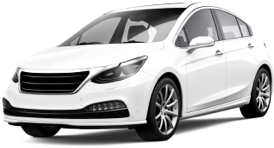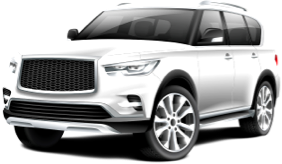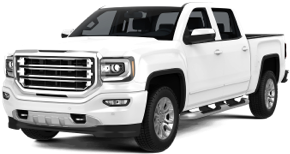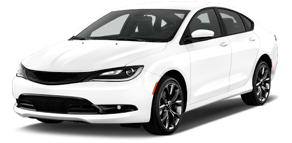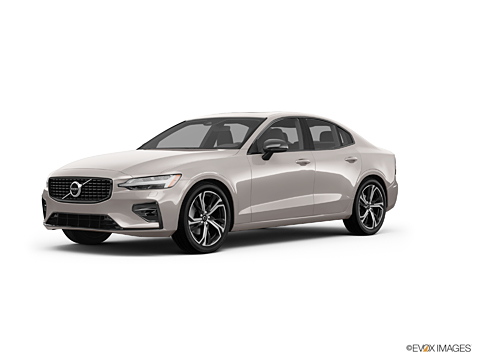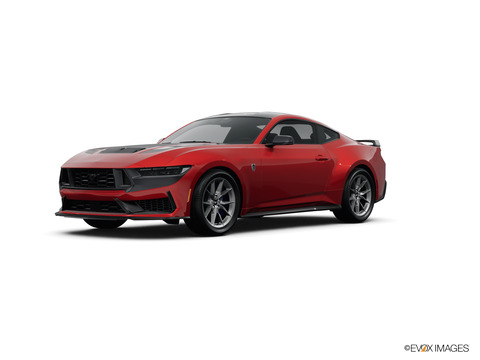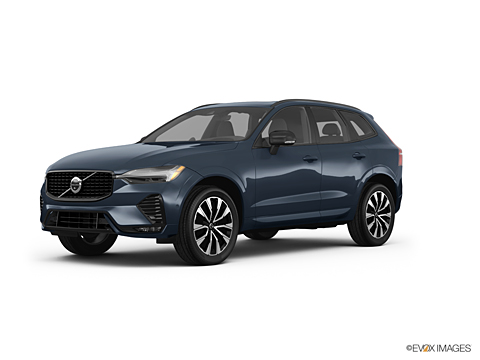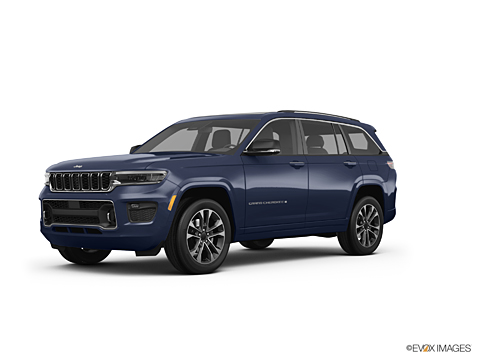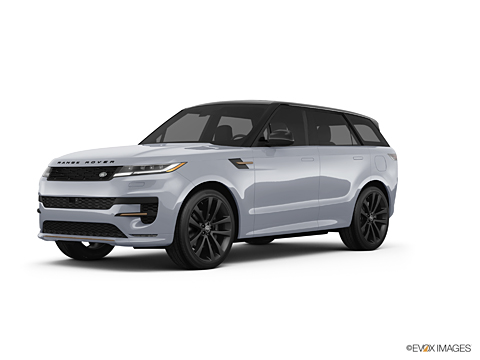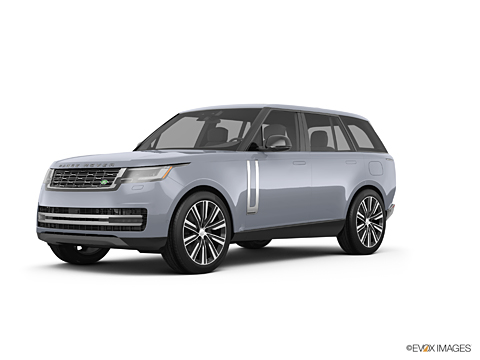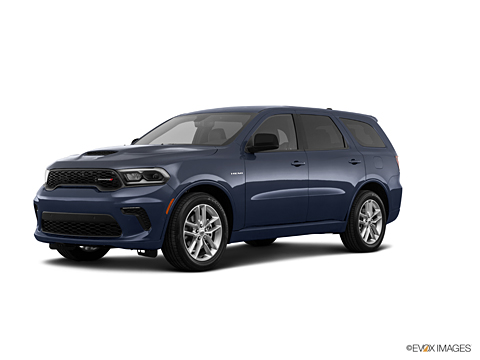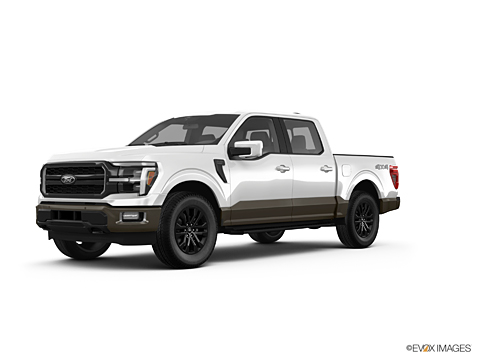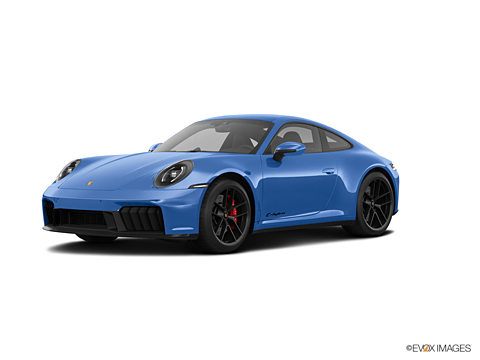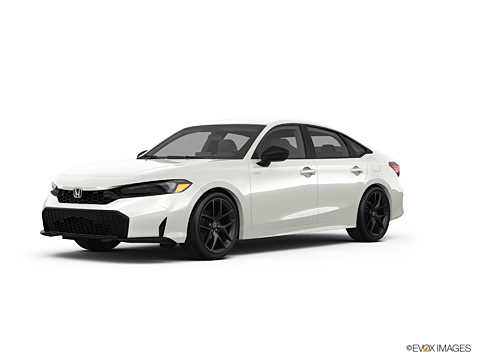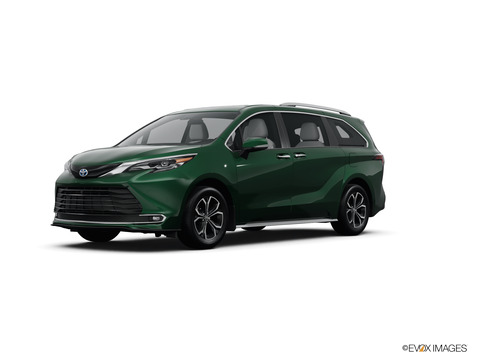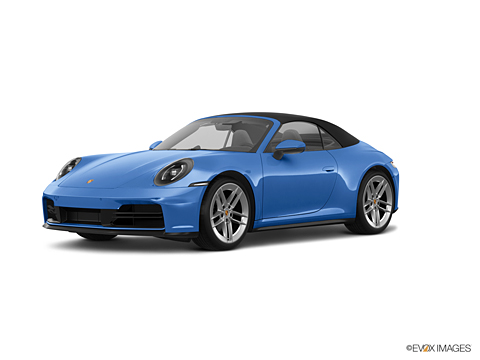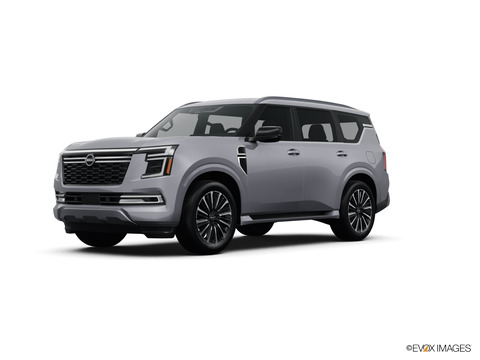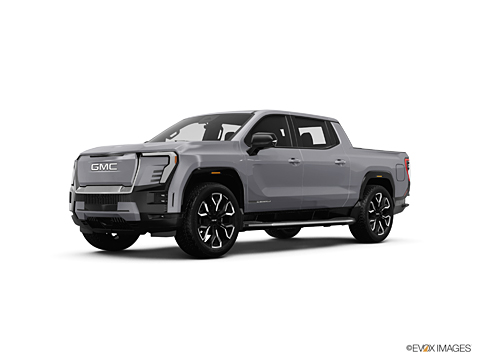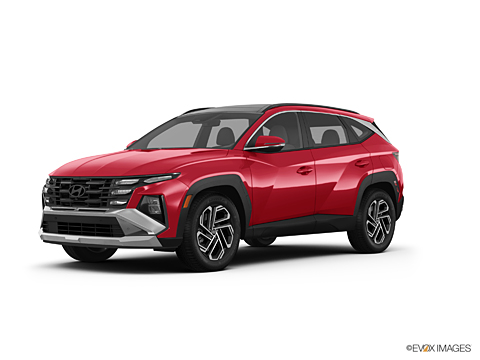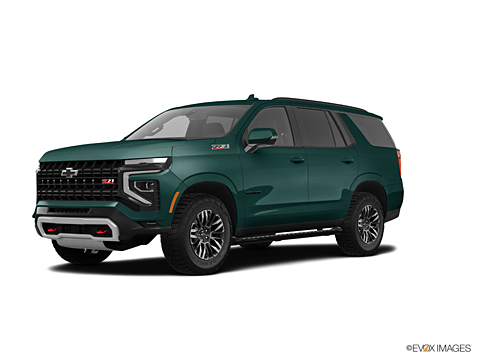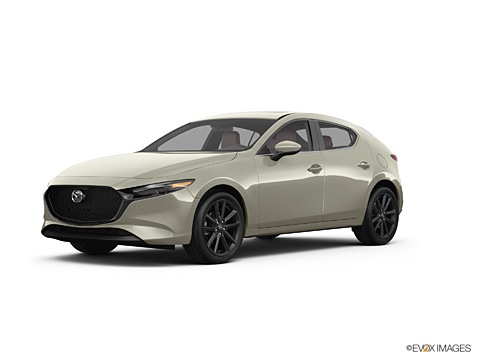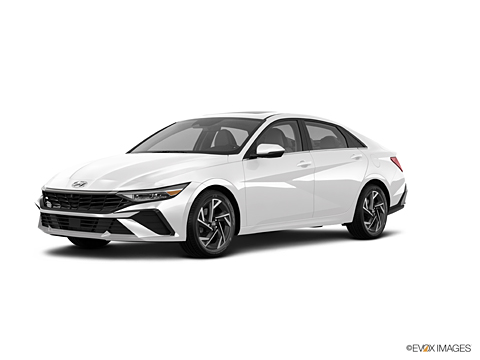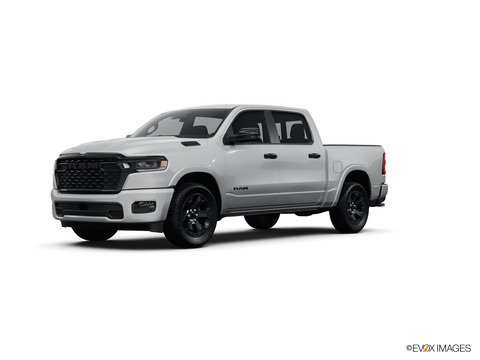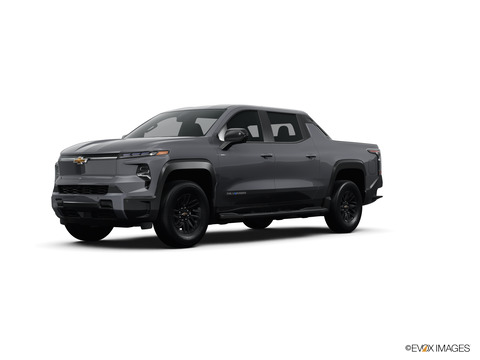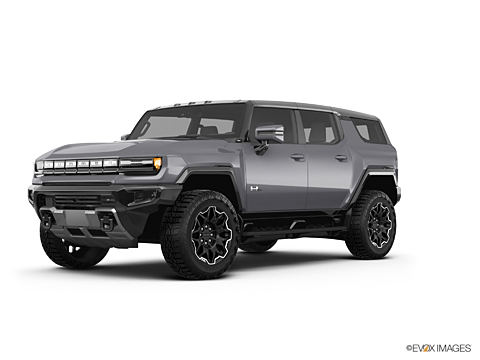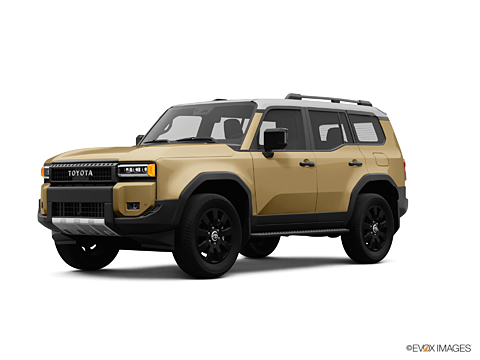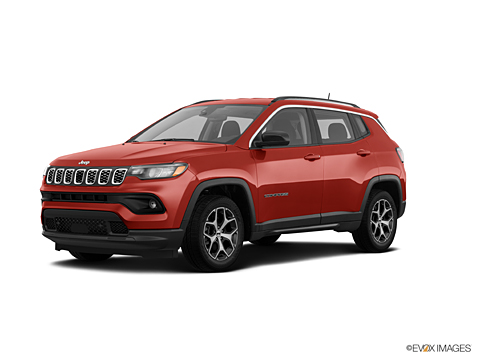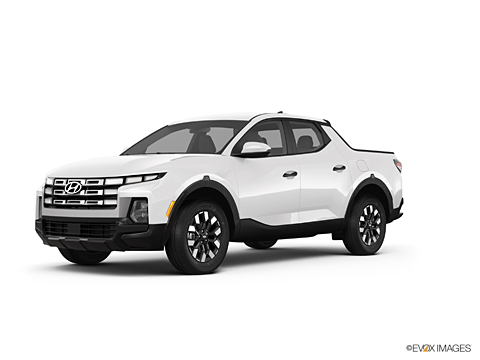
Best Supercharged Cars for 2025
These are the best supercharged cars, SUVs, and trucks based on iSeeCars’ analysis of each vehicle’s reliability, resale value and safety.
Best Supercharged Cars by Vehicle Type
Today’s supercharged cars are some of the best performance cars you can buy. That’s because a supercharger’s primary purpose is to improve engine performance, and automakers use this technology almost exclusively to upgrade a vehicle’s powertrain with increased horsepower. Popular supercharged cars include SRT Hellcat versions of the Dodge Challenger and its stablemate Dodge Charger, the Ford Mustang Shelby GT500, and the Chevrolet Camaro ZL1. Each of these American muscle cars offers more than 700 horsepower and 600 lb-ft of torque from their supercharged V8s.
But superchargers aren’t limited to American coupes. Sports cars like the Chevy Corvette and Jaguar F-Type SVR, and sports sedans such as the Audi A6, Cadillac CTS-V, and Jaguar XF, also utilize this technology for improved performance. SUVs that similarly benefit from superchargers include the Cadillac Escalade-V, Dodge Durango SRT, and Land Rover Defender and Range Rover, with each of them featuring supercharged V8 engines.
If you’re a fan of supercharger technology you can find it on a dwindling number of modern-day performance cars. iSeeCars has identified all supercharged cars sold in the U.S. in recent years. The cars are listed below by body type, and ranked according to their iSeeCars quality score, which takes reliability, resale value, and safety into consideration. Additional information, including horsepower, torque, mpg, and new and used pricing is also provided for each model.
When Was the First Supercharged Car?
Mercedes-Benz gets credit as the first automaker to leverage supercharger technology over 100 years ago. Mercedes-Benz developed this technology with assistance from a German engineer named Ferdinand Porsche, before he went on to start his own car company. Over the past century at least one or more supercharged cars have been produced by nearly every brand, though emissions and fuel economy standards have made superchargers less common on cars in recent years.
How Do Superchargers Work?
You can’t spell “supercharger” without “super”, and when it comes to enhancing a car’s performance this applies. No other engine upgrade comes close to a supercharger when it’s time to boost horsepower. And “boost” is yet another important word, as that’s exactly what a supercharger does.
Remember that an engine is essentially an air pump. It takes a combustible fluid like gasoline or diesel fuel, combines it with compressed air, then ignites it with a spark plug (or without a spark plug, in the case of diesel engines). A supercharged engine literally superchargers this process by forcing more compressed air into the engine’s combustion chamber, creating a denser mix of air and fuel and a more powerful explosion when it ignites. Because of the forced air coming from a supercharger, they are often referred to as “blowers” by enthusiasts.
What’s the Difference Between a Supercharger and a Turbocharger?
Superchargers have traditionally been powered by an engine’s crankshaft, similar to a power steering pump or air conditioning compressor. This is the primary differentiating factor between a supercharger and a turbocharger. A turbocharger (or turbo) is run off the flow of exhaust gas as it leaves the engine. This means a turbocharged engine requires increased exhaust flow to produce more boost, while a supercharger requires increased engine rotation, or rpm, to get the same effect.
Some models, like the Volvo S90, actually feature both a supercharger and a turbocharger. Volvo's engine could be described as “twin charged” because of its dual-boosted nature, but using both technologies on a single engine is very rare. And because turbocharging is more conducive to improving performance without hurting fuel efficiency it’s more common on today’s smaller four-cylinder and V6 engines that are trying to add performance without hurting mpg.
Practical performance cars like the Mini Cooper S from the early 2000s utilized an Eaton supercharger, but today’s high performance economy cars, including the all-wheel drive Toyota GR Corolla and Volkswagen Golf R, have largely switched to turbocharged technology. Turbos are also common on modern high-end supercars, with everything from the Aston Martin DB11 to the Nissan GT-R enhancing their horsepower and top speed specs through the use of turbocharger technology.

Best Supercharged Cars
Best Supercharged SUVs
Best Supercharged Trucks
Best Supercharged Hybrids
How We Rank These Cars
The best supercharged cars rank vehicles by iSeeCars Score which is based on our proprietary assessment of a vehicle’s reliability, resale value and safety (based on ratings from IIHS and NHTSA).
iSeeCars Score is an analysis of three factors: reliability, resale value and safety. It is calculated based on the latest research and analysis by our data science team. The data analysis comes from over 12 million new and used vehicles in our Longest-Lasting Cars and 5-Year Depreciation Studies, combined with NHTSA and IIHS Safety Ratings.
Vehicles are scored in three categories:

Reliability
The reliability score represents an analysis of iSeeCars' proprietary research on the longest-lasting vehicles.

Value Retention
The value retention score is based on our data science team's statistical analysis and prediction of 5-year depreciation from MSRP to determine which cars hold their value best, using US Bureau of Labor Statistics data to adjust for inflation.

Safety
The safety score is calculated based on the last five years of crash test ratings from the National Highway Traffic Safety Administration (NHTSA) and incorporates the latest Top Safety Pick information from the Insurance Institute for Highway Safety (IIHS).

